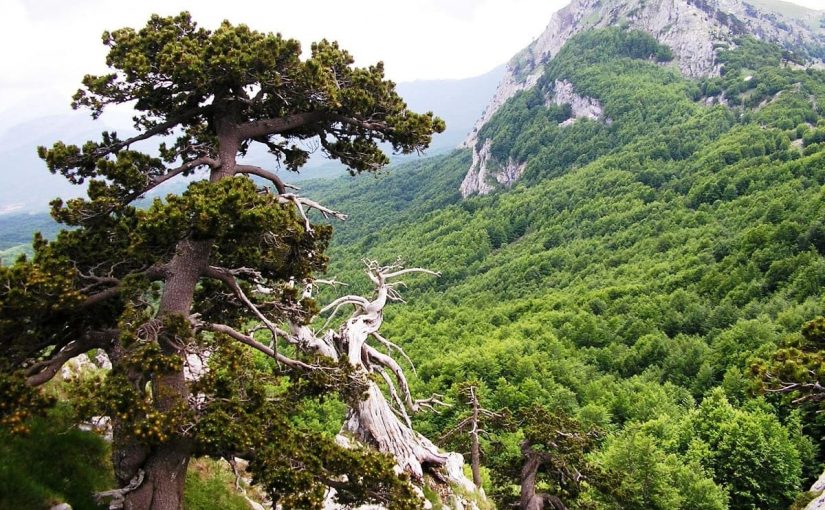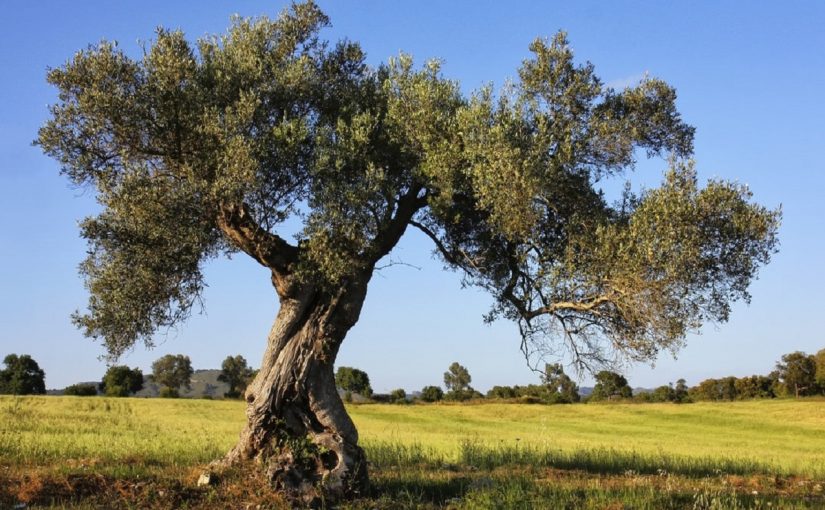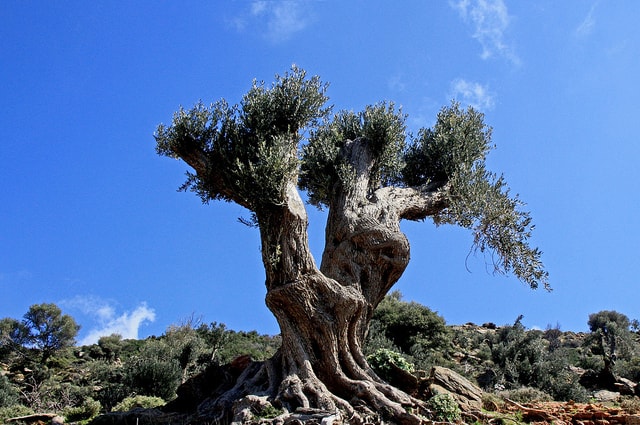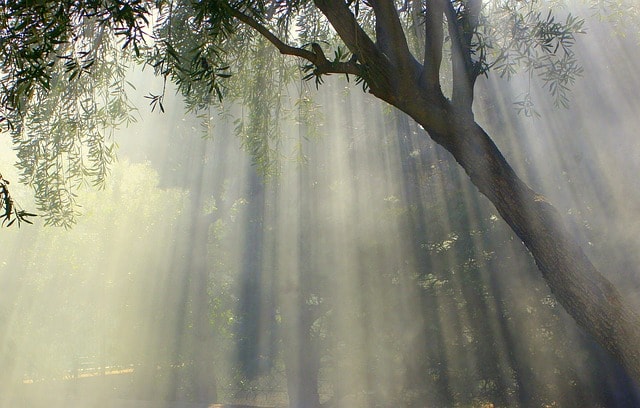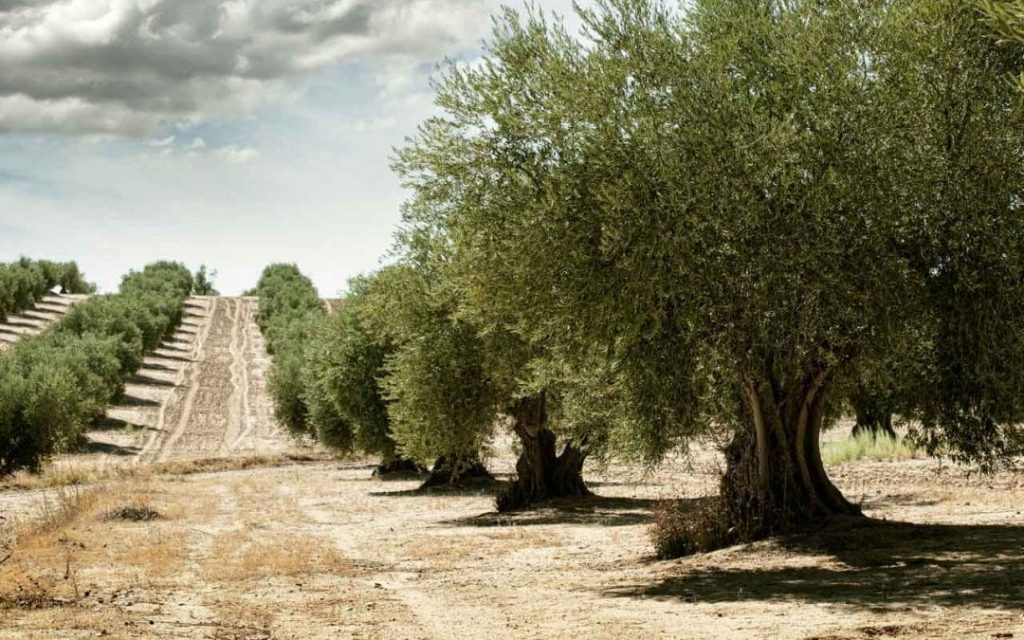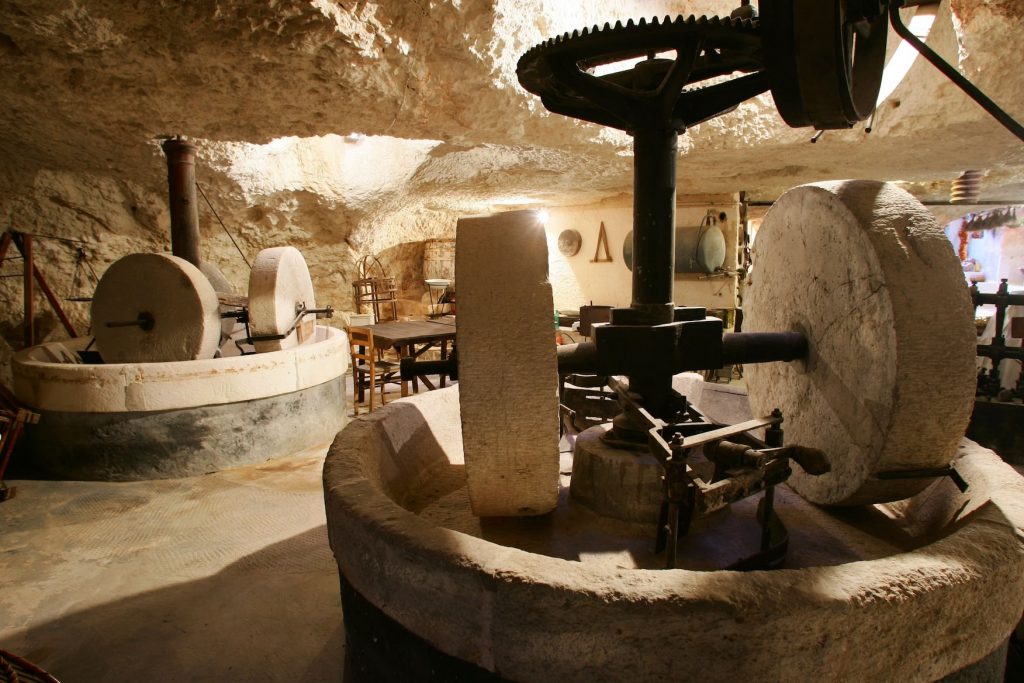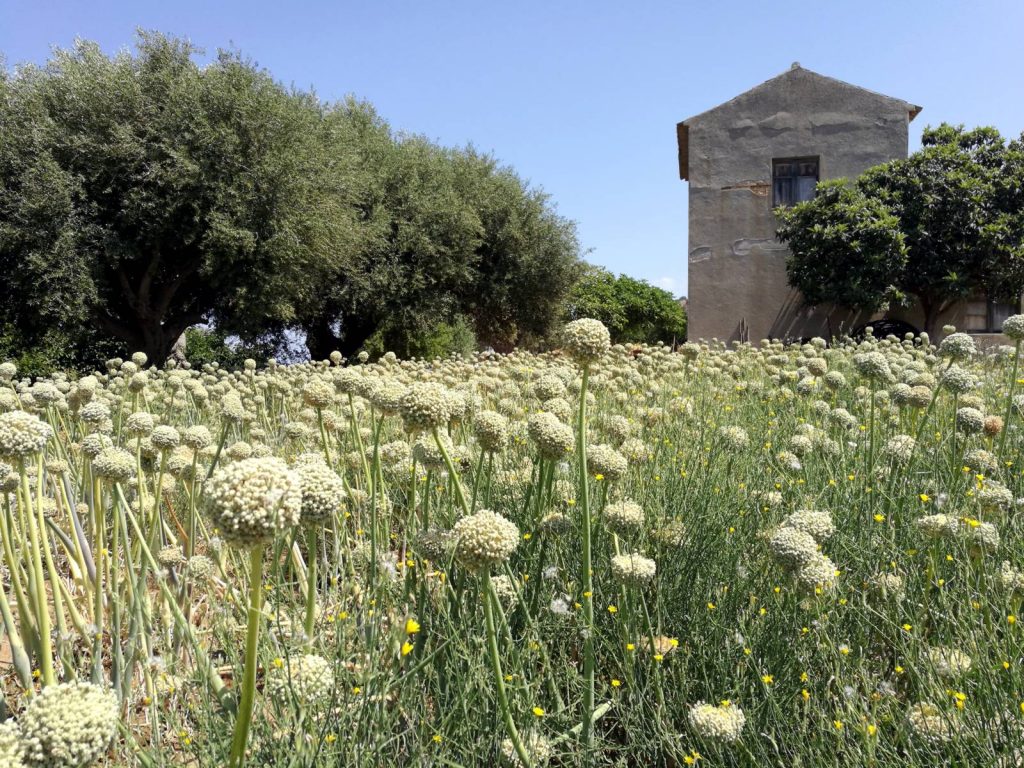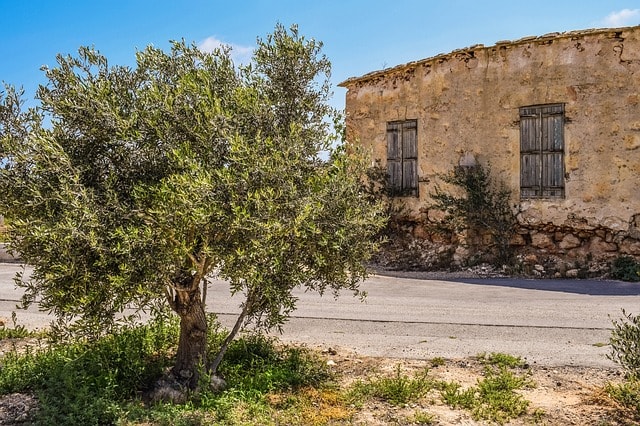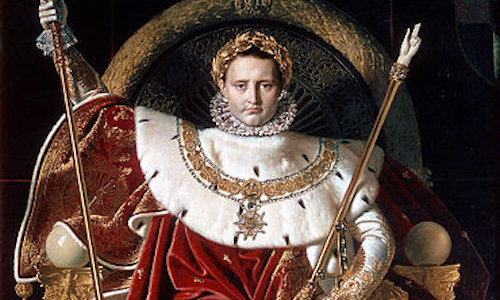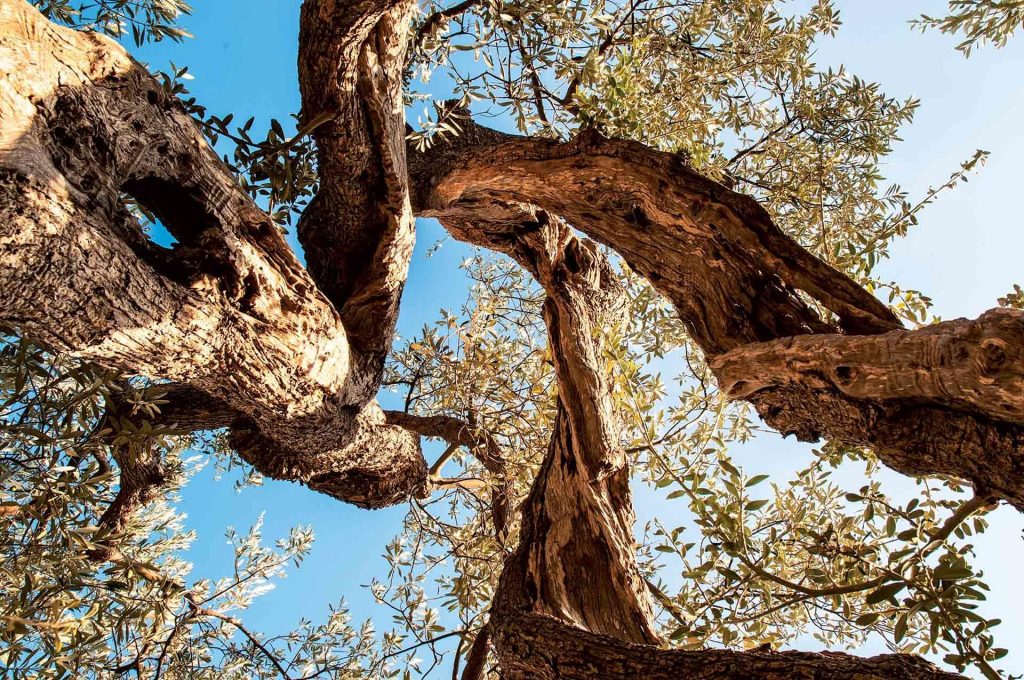1.9.2019
From Campotenese you can have a trip in three directions (following the sequence we suggest):
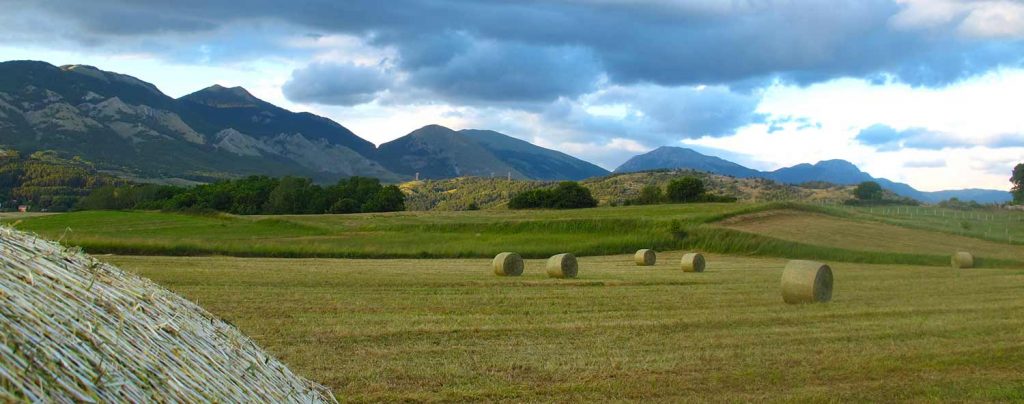
WEST ROUTE
- A very fragrant private Park of the Loricata Lavender (5 minutes from Campotenese)
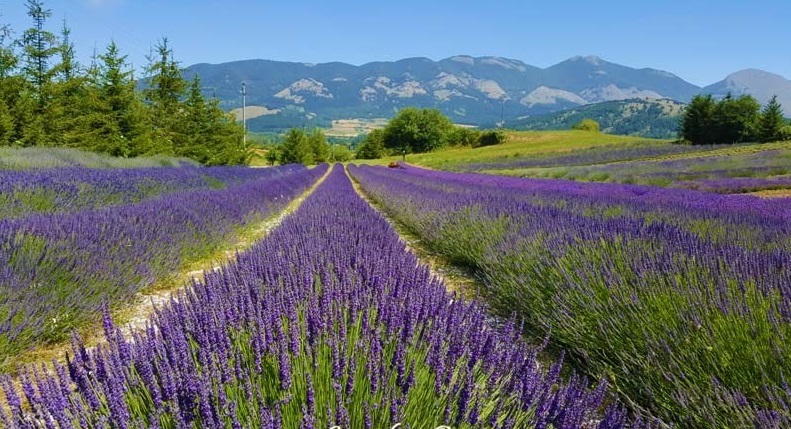
- A look at the Campotenese plain [site of a famous Napoleonic battle of 1806]
- Mormanno (20 minutes away), a delightful and old village (with a beautiful votive war memorial and very hospitable people).
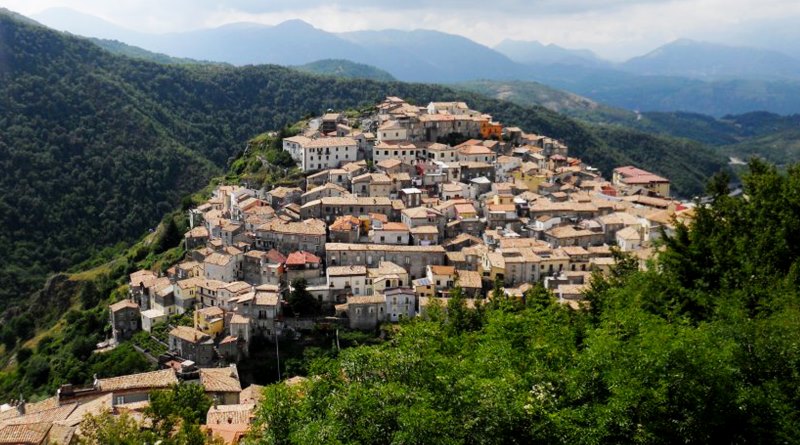
- So called Caves of “Romito” (40 minutes from Campotenese, a suggestive karst and dolomite cave, home to an ancient graffiti of a prehistoric ox, dated 12,000 years ago, the first example of art and writing, of ancient populations, certainly Homo Sapiens Sapiens)
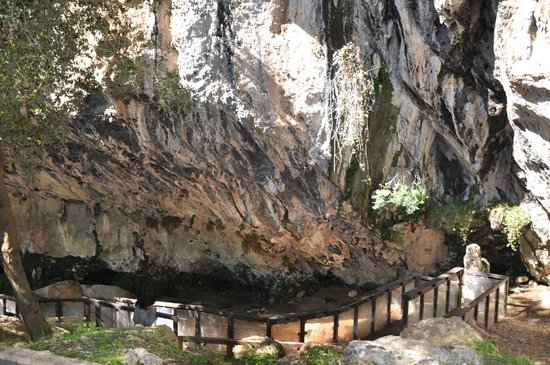
- Sanctuary of Santa Maria Di Costantinopoli (Papasidero, 15 minutes from the Caves above).

NORTH PATH: THE PARK (it is possible to travel by car to the points programmed below)
- Malvento Belvedere (20 minutes from Campotenese)
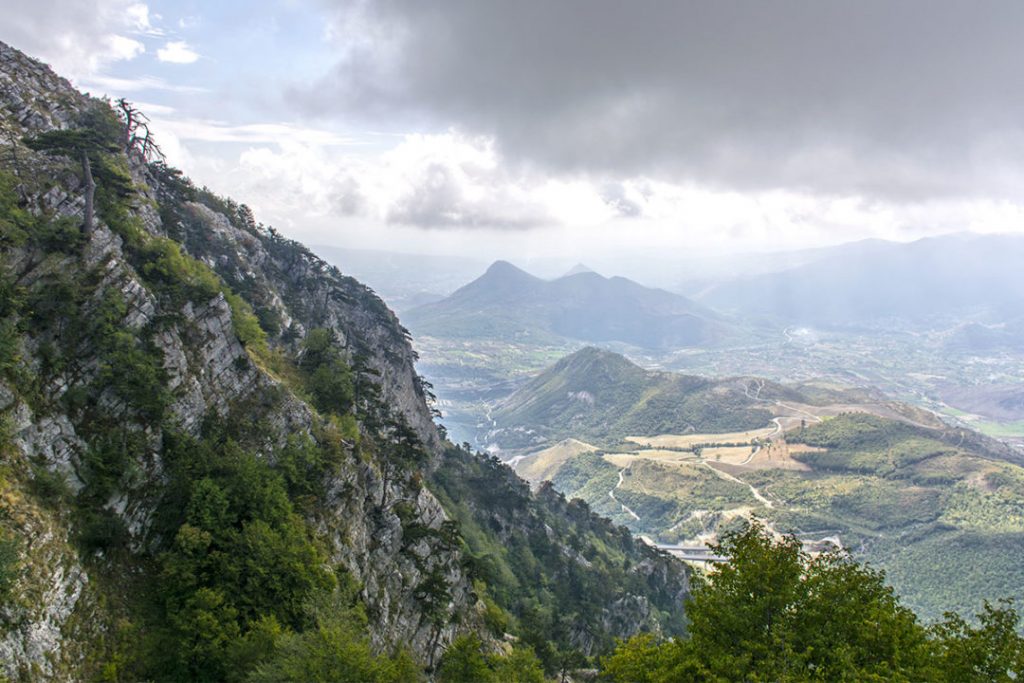
- “Impiso” Hill (stop at the beautiful Fasanello Refuge, after a drive through the forest, in some places so obscure as to must turn on the car headlights in daylight. At the Refuge, sip a coffee or a drink, looking at the wonderful foreshortening in the Pollino mountains that can be seen from the rest area, near cattle and horse pastures).
EAST PATH
- Morano Calabro (go to the top of the village, you will find a Norman Swabian castle that can be visited and is panoramic), 13 minutes from Campotenese, also visit the Collegiate Church of La Maddalena, then enjoy a Gelato in Piazza della Maddalena or buy from a local grocer a “Felciata” cheese (a fresh and spreadable cheese, preserved in fern rolls and flavored by this plants).
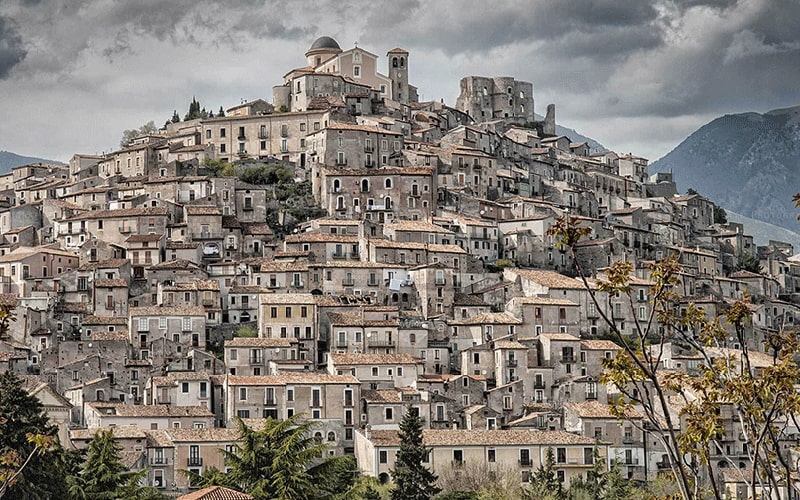
- After Morano in 15 minutes you reach and visit the Aragonese Castle of Castrovillari (main center of the area)
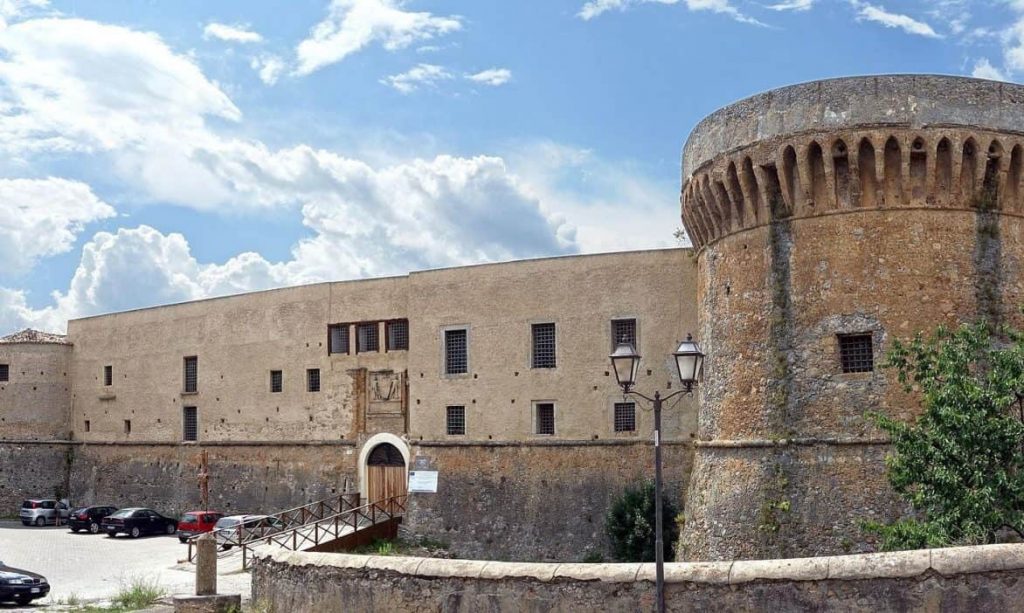
- Civita (a community of Albanians, present here since 5-6 centuries will welcome you with their typical craft).
To complement these routes, some naturalistic and historical-religious notes as follow….
NATURE: PARK FAUNA
In general the territory is inhabited by a heterogeneous fauna where there are elements of warm weather fauna, temperate weather fauna and cold weather fauna. Among the predatory mammals, the Wolf appears in the first place and is present in the Park with few exemplars. Difficult to meet, you can see its footprints in the snow.
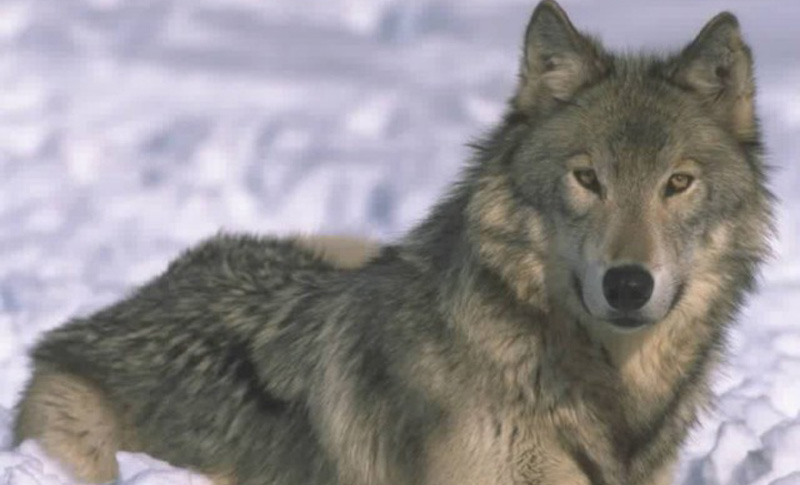
The Roe deer instead is a species that dwells in the Pollino with about 50 specimens and is one of the native species of the Southern Apennines.
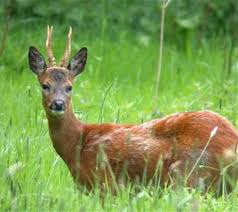
Between the end of the nineteenth century and the beginning of the twentieth century, the cutting of the woods decimated the Roes deer and make extinct the Deer.
The Otter is the rarest mammal in the Park and is linked to aquatic environments such as the Lao river, the Argentino river and the Peschiera stream.
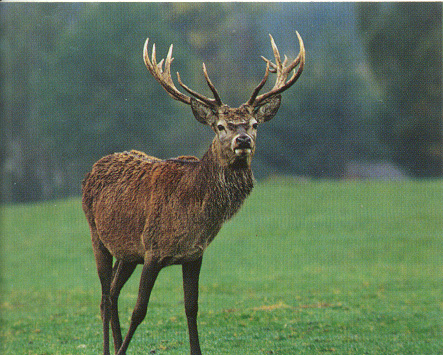
The Otter is the rarest mammal in the Park and is linked to aquatic environments such as the Lao river, the Argentino river and the Peschiera stream.
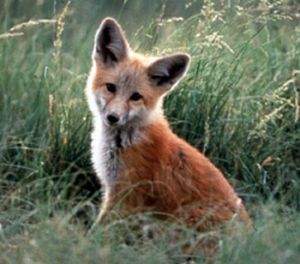
The Fox is instead an animal that easily crosses along the roads or along the paths and is a very widespread species like also the Hedgehog, while the Badger and the Porcupine even if widespread are difficult to see. In the meadows and at high altitude there are the Hare, the Beech marten, the Weasel, the Dormouse, and the very rare Calabrian Forest dormouse.
The Squirrel that has had a good reproduction in recent years is easy to find in the forests of Beech tree, Fir and in the reforestation pine forests.
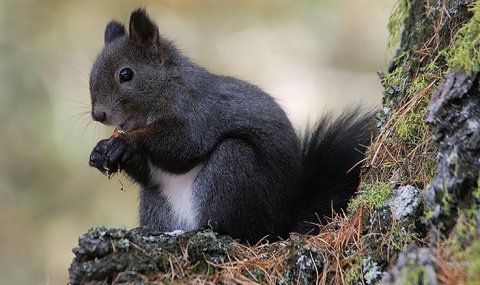
NATURE: FLOWERS AND OFFICINAL HERBS OF THE PARK
The Pollino Park enjoys the variability of some environmental factors and this allows the development of different plant species. The Mediterranean maquis, above all present in the warmer areas, is mainly composed of Laurel, Cistus female, Arbutus, Erica, Phillyrea, lentiscus and Rosemary.
At high altitudes there are mainly Oak, Chestnut, Maple and Hornbeam Trees. At 1,200 meters, beech dominates, which is the most widespread plant in the Park and there are different types depending on the height. On some slopes there is a mixture of Beech and Silver Fir. Between 900 and 1850 meters or even at lower altitudes there are special beech associations. In a small clearing on the edge of the Acquafredda plain, a group of beech trees offers a spectacle that really leaves tourists stunned. In time, a group of these trees took on a twisted shape, so much so that they are called “snake trees“.
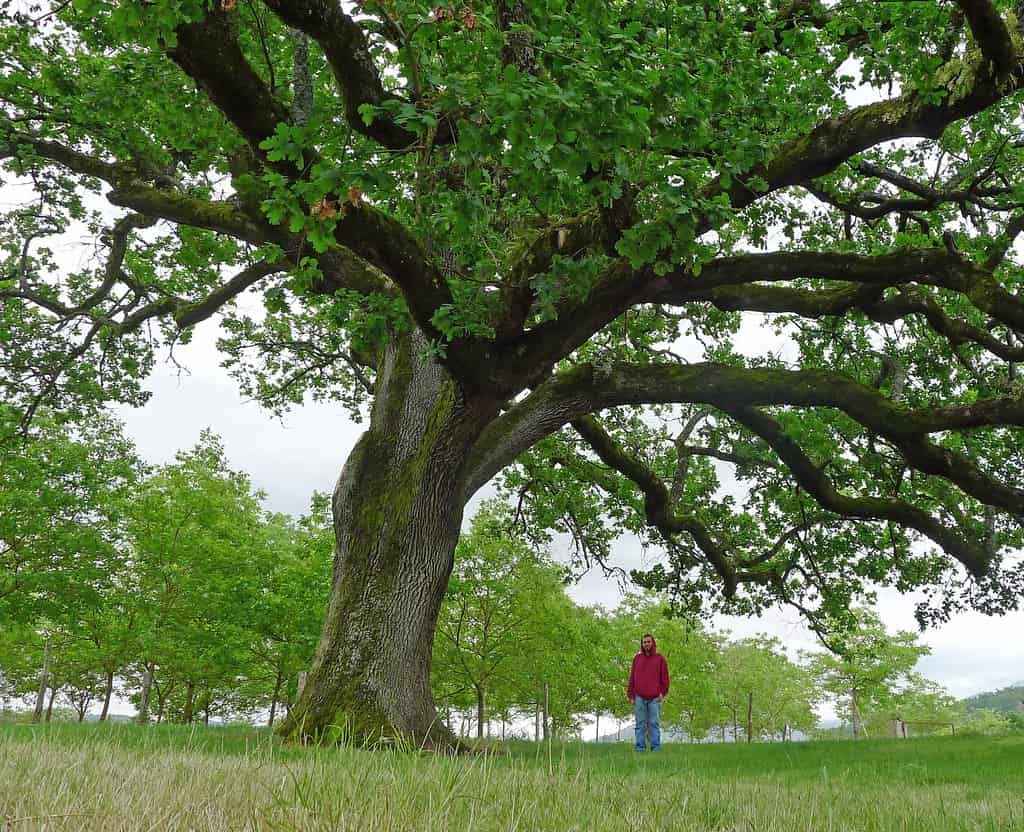
Among the tree species are the Black Pine, the Badger, the Holly, and the Maple.
The Silver Fir, on the other hand, grows only in certain points on the massif, especially in the northern slope, in the Bosco Iannace.
The majestic Pinus heldreichii (“Loricato“, meaning “armored”), witness of the geological history (it can lives more the 1,000 years) of the Park is a precious Balkan element. This Pinus is the most important species of the Pollino Park an important presence is found above all in the Orsomarso mountains, on the Alps, and on the La Spina mountain, and is the symbol of the Park. The Pine, so called “Loricato”, lives above the vegetation belt, has a very slow growth and adapts to any weather condition. Its bark is characterized by large polygonal-shaped gray-ash plates that almost resemble an armor, hence the Italian name ‘Loricato’.
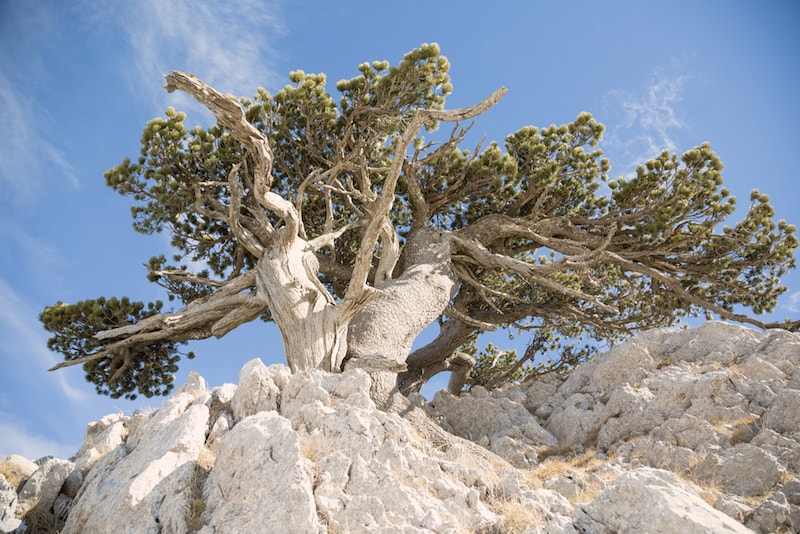
Below one thousand meters we find Neapolitan Alder, Lobel Maple, White Hornbeam and Black Hornbeam.
In the Bosco Mascagnano it is possible to admire an interesting association of Turkey Oak, Beech And Black Hornbeam.
Along the rivers are the Black Poplar and the Black Alder, and among the herbaceous essences the Maidenhair.
At low altitude there are meadows and woods and essences typical of the Mediterranean vegetation. The High Trunk Woods and Coppice Woods are distributed in various ways and the meadows offer numerous species of flowers and medicinal herbs.
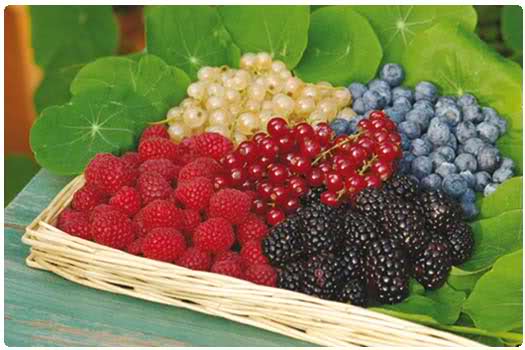
The undergrowth is full of spontaneous fruits that are used for the preparation of jams, liqueurs, sweets and are also found in some Mediterranean dishes. Among the fruits we find wild Strawberries, Raspberries, Blackberries and Juniper Berries.
In spring the flowers offer an indescribable spectacle. The Park’s main flowers include the Gentian, the Narcisio, the Peony, the splendid Pollanulas of the Pollino, the Viola, the Orchid sambucina, and other types of Orchids. There is no shortage of Polmonaria, and Sassifraga and among the rarest species, the Pusatilla Alpina and the Gallium.
Over the centuries, medicinal plants have helped the human being in various therapies that benefit the human body. Pollino park can be considered the ideal environment for the growth of medicinal plants. The Park is full of officinal herbs that grow spontaneously at high altitude.
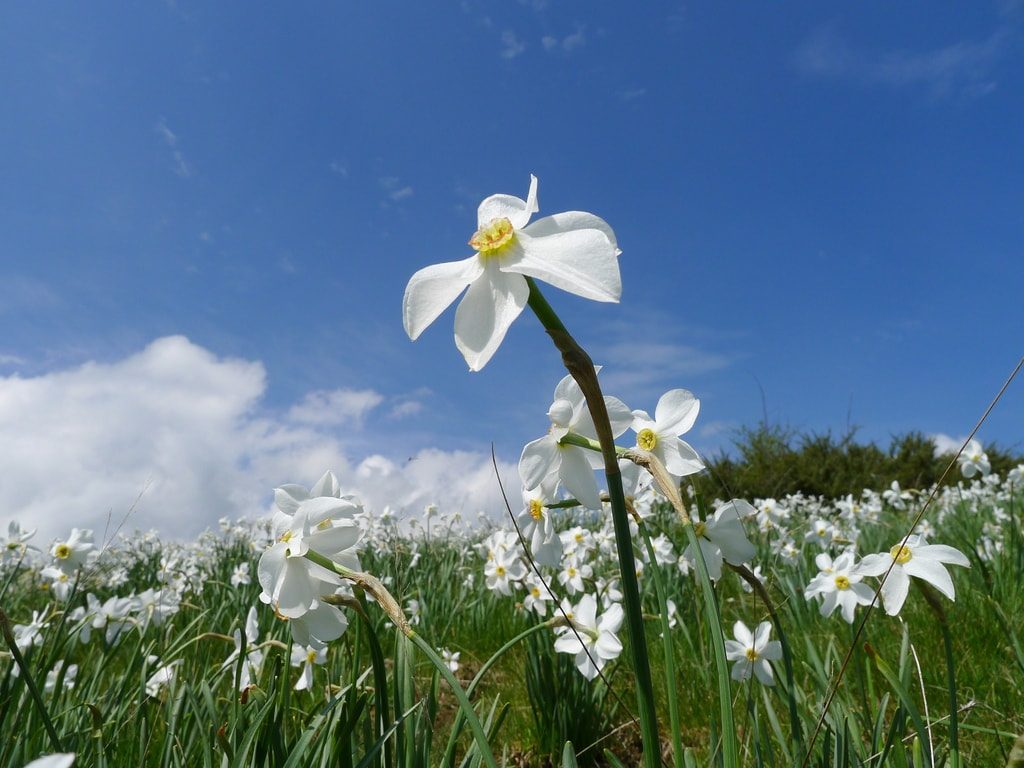
These plants offer a sublime spectacle by virtue of their blooms of varied colors and release an intense perfume in the air. The most common officinal essences are: the Dill, the Absinthe, the Burdock, the Belladonna, the Borraggine, the Chamomile, the Wild Carrot, the Ivy, the Gramigna, the Nettle, the Cardo Mariano, the Carlina, the Coda Cavallina, the Farfana, the Genzianella, the Lavender, the Mallow, the Mint, the Oregano, the Butcher’s Broom, the Rosa Canina, the Salvia, the Saponaria, the Thyme and last but not the minor the Mullein.
RELIGION AND HISTORY IN THE PARK
-Sanctuary of the Madonna del Pollino in San Severino Lucano
The Sanctuary of the Madonna del Pollino is located precisely in Mezzana a fraction of San Severino Lucano (Pz). On the northern slope of the Pollino massif, at 1537 meters above sea level, stands the Sanctuary of the Madonna del Pollino. From 1975 it is possible to reach the place of worship through a comfortable driveway.
– Sanctuary of Santa Maria delle Armi in Cerchiara di Calabria
The Sanctuary of Santa Maria delle Armi is located near Cerchiaria di Calabria (Cs), on the slopes of Mount Sellaro, also known as Monte Santo (1015 m asl). The place enjoys a sublime panoramic view that embraces the plain of Sibari and the Gulf of Taranto.
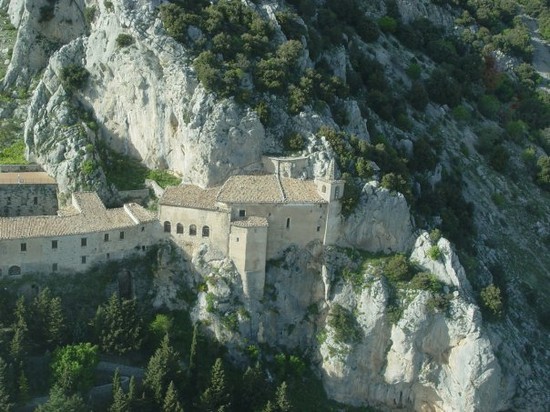
– Sanctuary of the Chapels in Laino Borgo
The Sanctuary of the Chapels or also called Sanctuary of the Holy Sepulcher or of Maria Santissima dello Splendore was built 2 km away from the town of Laino Borgo (Cs) surrounded by a suggestive and uncontaminated landscape from where it is possible to admire the splendid panorama they offer the Pollino mountains.
– Sanctuary of Santa Maria di Costantinopoli by Papasidero
Papasidero (Cs) is an ancient village in the Lao Valley, located under the southern slopes of Monte Ciagola. This territory has been inhabited since prehistoric times and during the High Middle Ages it was one of the epicenters of the Mercurion area where the Basilian monks had found dwelling and always looking for solitary places.
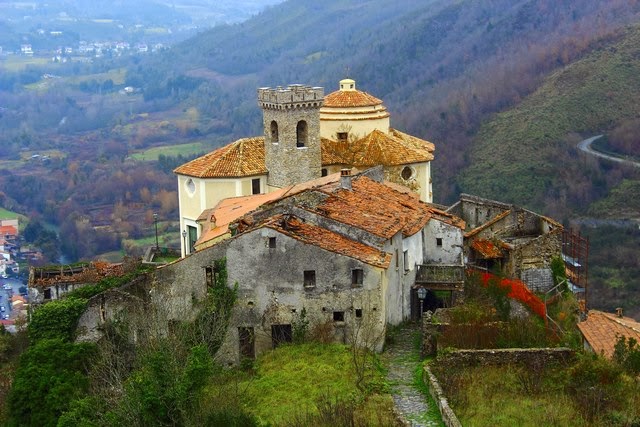
– Laino Castle and Old Town
Laino Castello (Cs), stands on a rocky rise at 270 meters above sea level, and is surrounded by the Lao river. It is not easy to establish the exact origin of Laino Castello but what is certain is that in 1811 Laino Castello was separated from Laino Borgo. A separation that lasted until 1928 when became two municipalities.
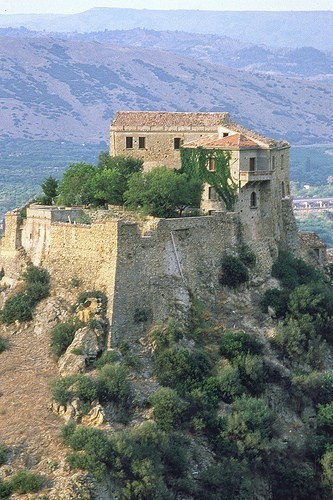
– Castle of Valsinni
The historical part of the ancient village of Valsinni is concentrated around the homonymous castle. This area is very suggestive because it is made up of old buildings, including the Mother Church, S. Maria Assunta, and they are placed next to each other and separated by narrow streets that climb up the sides of the rocky buttress on which it rises.
– Aragonese Castle of Castrovillari
In the fifteenth century the Aragonese had taken possession of the throne of Naples and were worried about both the internal revolts in Calabria and the assaults of pirates along the coasts of the kingdom they had begun to protect themselves by building fortresses and castles.
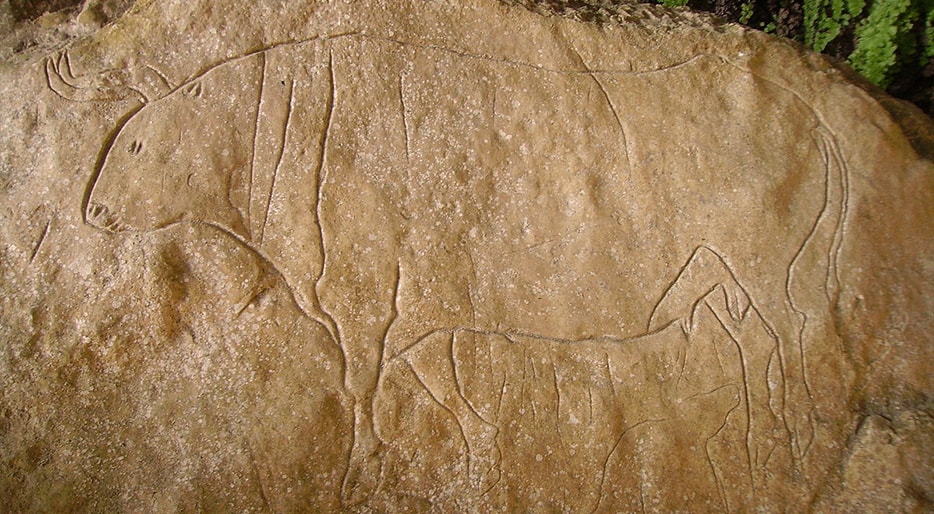
– Caves of so called “Romito” (Romito in Italian designates a hermit)
An ancient graffiti of a Prehistoric Ox (12,000 years B.C.) and remains of ancient populations welcome you at the end of a long series of switchbacks within a fantastic valley of karstic origin, between mountains, frightening crags and gentle meadows.
Here you can watch this graffiti to a remember that mankind was present, in Calabria, since the time that the unknown prehistoric precursor and ancestor of Michelangelo, sculpted, 12,000 years ago, an Ox with technique that today we would say of bas-relief and, moreover in perspective (seen from the side) !!!
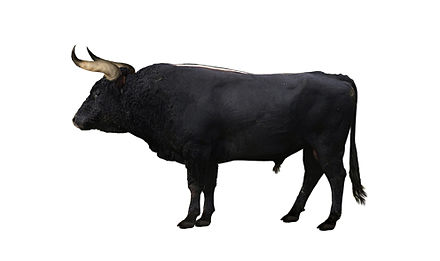
The ox is of an extinct species, among other things, but for the human culture it still lives and throbs in the stone (than you can easily watch in the cave), as well as the hand that carved it, which, though disappeared, tells us how important it is Calabria for mankind!
It is quite the same kind of Ox of Cave of Altamira in Spain and the Lascaux caves in France…

